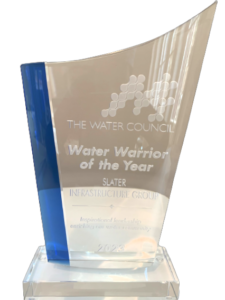(CNN) More than 830 miles above Earth’s surface, a next-generation satellite will keep an eye on global sea levels. The Sentinel-6 Michael Freilich satellite launched Saturday.
The joint venture between NASA and the European Space Agency launched from Vandenberg Air Force Base in California on November 21 at 12:17 p.m. ET.
A livestream of the launch was available to watch on NASA’s website. The satellite launched on a SpaceX Falcon 9 rocket.
The Falcon 9’s first stage returned for a vertical landing on Earth.
Once in orbit, the pickup truck-size satellite will track global sea level for the next five and a half years.
For 30 years, satellites have helped monitor Earth’s sea level. This satellite is the latest in that series, but it will collect the most accurate data yet on the global sea level and how it shifts in response to climate change.
Sentinel-6 has a higher resolution for collecting measurements, which means that it can track both large features, like the Gulf Stream, as well as smaller features such as coastline variations.
The satellite will gather data that can be used to improve weather forecasting, hurricane tracking and climate models, like humidity and atmospheric temperature. Scientists can also use the data to forecast areas where coastlines may shift.
This is a two-pronged mission and the satellite has a twin, Sentinel-6B, which will launch in 2025. Together, the twin satellites will carry the tradition of continuous monitoring of sea level rise into a fourth decade.
“This mission is a global partnership required to study our planet because it belongs to all of us,” said Thomas Zurbuchen, associate administrator for NASA’s Science Mission Directorate, during a press conference Friday.
“To understand what climate change means for humanity, science needs to take a long view. This mission is a follow up of 30 years of uninterrupted measurements by spacecraft that have circled the Earth. We’ll have another decade of critical measurements from that perspective. We do this together as an international community and that makes us stronger.”



